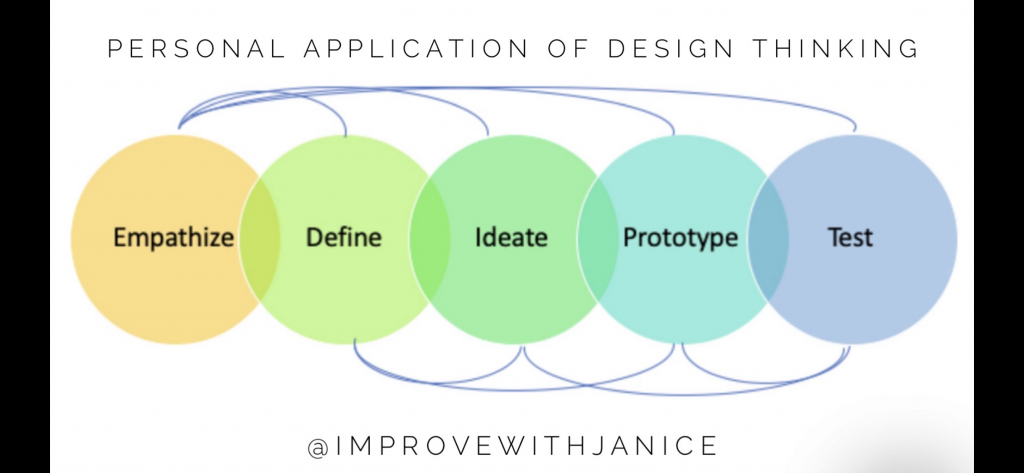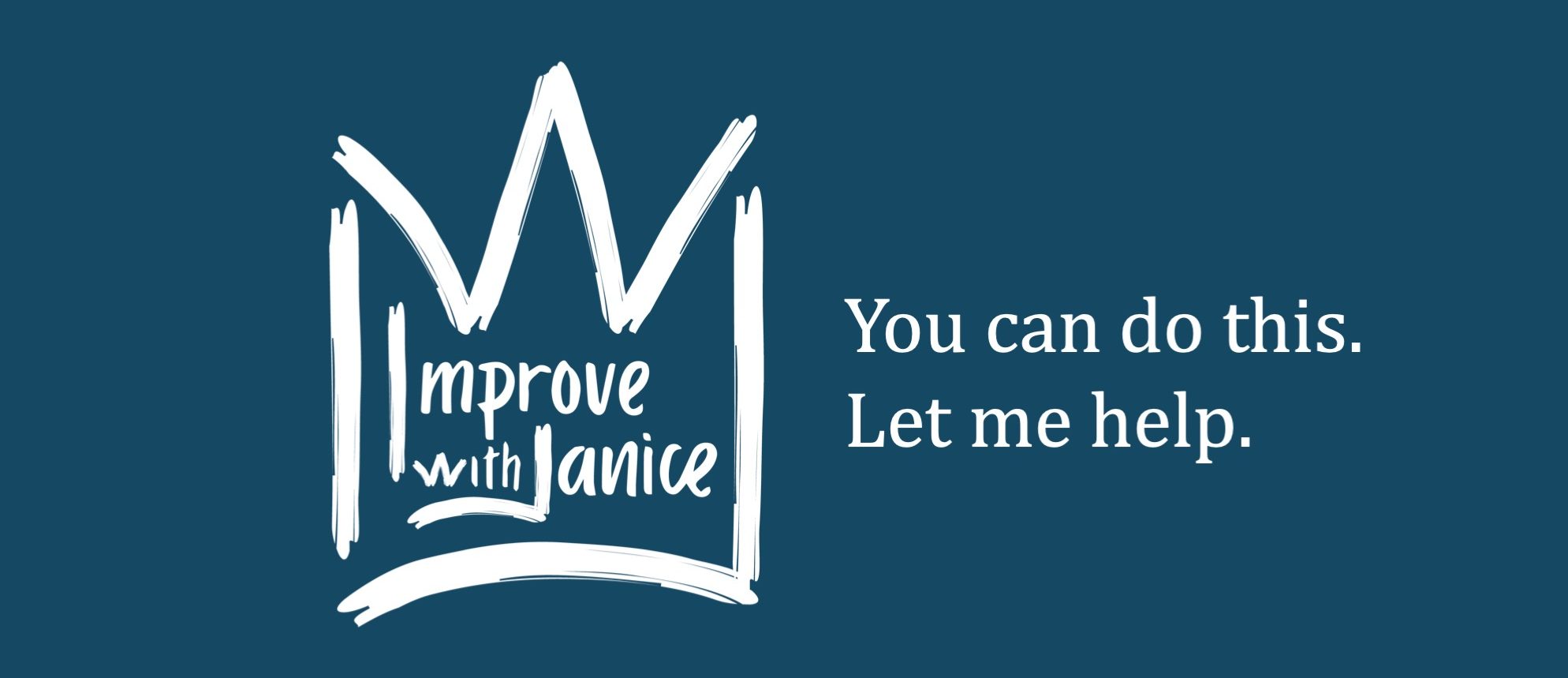Personal Application of Design Thinking
03/27/2022
Design thinking is a term used to describe a solution-focused, problem-solving methodology. The goal is to improve an outcome by better understanding the problem before trying to apply possible solutions. Given that this works well for companies, I suggest following a similar process for personal application.
There are 5 steps for design thinking, and movement from one step to the next can be non-linear.
Empathize
Using empathy as a starting point to approach a problem can be very useful for identifying why someone might have an opposing view or goal. By considering perspectives other than you own, you catalog more data that may impact possible ambitions and realistic solutions. Additionally, taking different perspectives might find solutions that would not have been apparent before.
Define
It is easier to solve a problem when you define it and the parameters around it. When you identify factors like obstacles, resources, competition, or timelines, it gives you an advantage in finding your eventual solution.
Ideate
This is the crux of the brainstorming phase. Utilize standard thinking but add in creative or off-the-wall solutions to spark unique thoughts and approaches to a possibly mundane issue. Sometimes answers are straightforward and easy, but often a creative solution can be the unrealized option that better meets the need.
Prototype
You’ve got the idea. Now construct it into a working model. For example, this might involve trying to find a new system. Having trouble keeping up with the family calendar because not everyone remembers to inform the “keeper of the calendar”? Perhaps the new “system” involves each person adding their items to the shared calendar in real time.
Test
Try out the new system for a period of time that works for you. If you find the solution doesn’t fully resolve the issues, take a couple steps back and see if there is different solution that might be worth prototyping and trialing.
